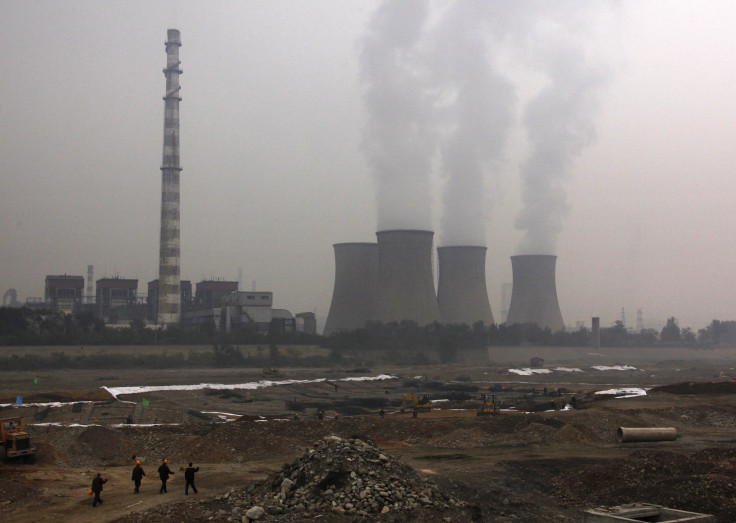Polluting Power Plant Unexpectedly Cleanses Air Using Mercury Scrubbers

Researchers unexpectedly found that a major source of air pollution has contributed in reducing scattered air pollutants for two years. A team of researchers from a university in Portland discovered that a power plant which has been contributing to pollution in the region surprisingly reduced toxic substances in the air through mercury scrubbing while studying a different pollutant.
The Boardman plant, a coal-fired power plant run by Portland General Electric, is currently operating with mercury scrubbers to reduce the amount of mercury released into the environment since April 2011. The emission control system was added by the company to capture and remove mercury from the exhaust to comply with the regulation passed by the Environmental Protection Agency, or EPA, requiring coal-fired power plants to add scrubbers to their facilities.
Mercury is considered to be a toxic substance dangerous to humans, and power plants produce so much of it. The said power plant is on the Oregon side of the Columbia River.
Staci Simonich, an environmental chemist in Oregon State University College of Agricultural Sciences, recently led a team of researchers to conduct a study about two major air pollutants in the region. But the researchers found, unexpectedly, that the coal-fired power plant that only intended to reduce the amount of its mercury emission surprisingly reduced another class of harmful emissions as well, according to the study published this month, July, in the journal Environmental Science & Technology.
In the study, Simonich and her team stated that the finding was unexpected as their intended research was to track different pollutants in Asia that moved across the Pacific Ocean through high-level air currents, the polycyclic aromatic hydrocarbons (PAHs), a toxic generated by air pollution that triggers cell mutations and leads to cancer and other ailments, and oxy-polycyclic aromatic hydrocarbons (OPAHs). The researchers then discovered that there was a huge drop in both of the toxins’ level between their 2010 and 2011 findings. The researchers found that concentrations of two major groups of air pollutants went down: the PAH levels dropped by 72 percent and OPAH,[ dropped by 40 percent, respectively, after the plant was upgraded to limit mercury emissions.
The pollutants studied by the OSU scientists are formed from incomplete combustion of fossil fuels and organic matter. The researchers analysed the samples weekly from March through October 2010, and again from March through September 2011.
But after one year of tracking the sample, the researchers discovered what they weren’t looking for, according to the study. The environmental chemist and her students were surprised with the finding of their study, showing the power plant’s emission control system was the reason of the unexpected reduction of PAH in the region.
"We looked at the data and said, 'Wow! 2010 is different from 2011, and why should that be?' " imonich said. "We had trouble understanding it from a trans-Pacific standpoint. So we started thinking about regional sources, and that's what led us to look at emissions from Boardman." The researchers discovered that the Boardman plant, after upgrading with its system on 2011, reduced the concentration of the two major pollutants in Cabbage Hill in Oregon. Simonich found that the parent PAHs and OPAHs were much lower than they had recorded in 2010.
"PGE put control measures in to reduce mercury emissions, and as a side benefit, these other pollutants were also reduced," Simonich stated. The study described that mercury scrubbers placed the power plant and the region in a win-win situation as it managed to dramatically reduce the amount of mercury and PAHs released into the air at the same time.
The OSU research leader said that Boardman was considered as a “major source of PAH pollution in the Columbia River Gorge” as Mmrcury and PAHs are both released in the combustion of coal, but then added, “now it's not." Simonich is happy with the unprecedented result, saying, "that's a good thing for PGE and a good thing for the people living in the Gorge."
To contact the writer, email: darwinsamuelm.malicdem@gmail.com




















